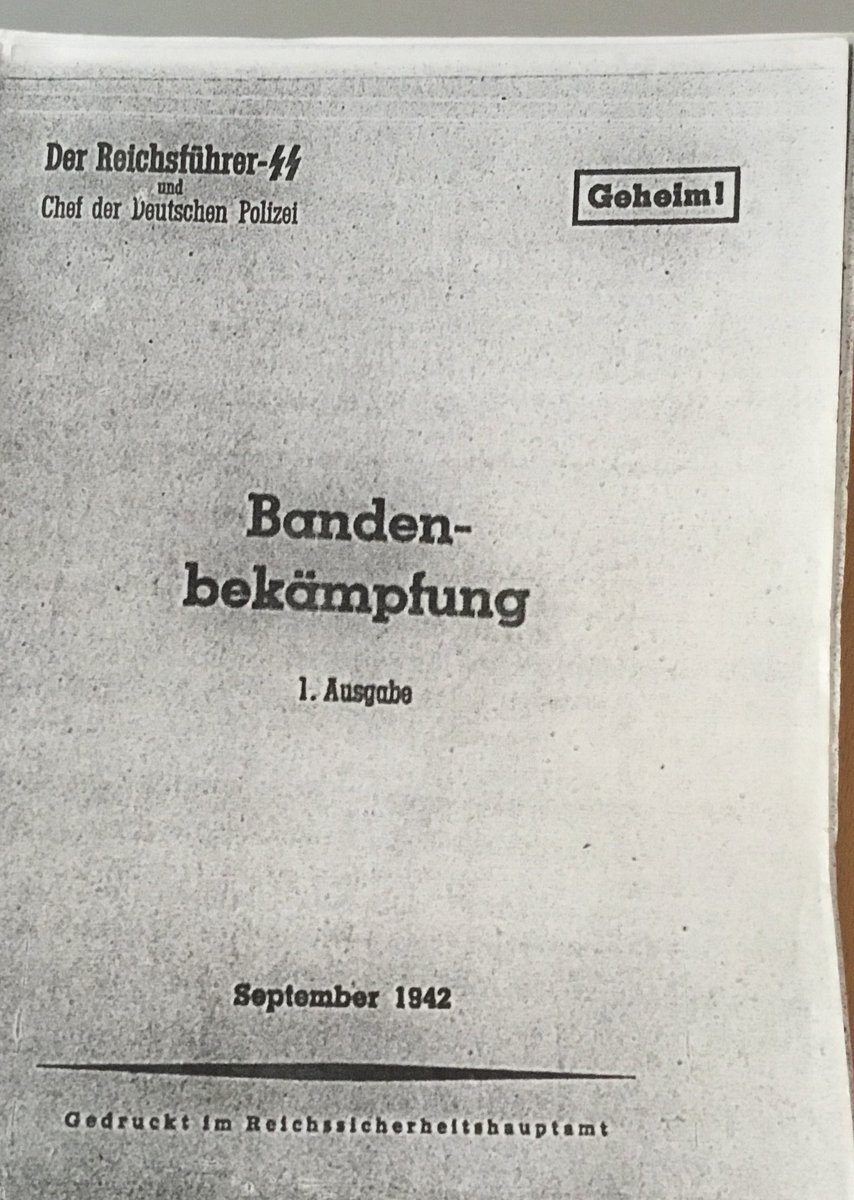
#armchairgeneral - preliminary thoughts about future European security.
The old scenario: in the middle of a war, planning for the next one. However, in the face of abject failure, Europe should reconsider an integrated and independent security system.
The old scenario: in the middle of a war, planning for the next one. However, in the face of abject failure, Europe should reconsider an integrated and independent security system.
Europeans watch daily as horror unfolds, feeling utterly defenceless as European people are thrown under the hammer of a dictator.
This, however, is not a demand for the tired old European army concept within the NATO agenda. We need to accept NATO has failed.
This, however, is not a demand for the tired old European army concept within the NATO agenda. We need to accept NATO has failed.
Europe requires a functioning security structure to better serve the Europeans, whether in or out of the EU. A security policy that serves European interests and defends the European way of life. A structured policy, force and power capability - owned by Europeans not America.
Europe’s nations require a viable defence policy that reflects their way of life, not based on nationalism, but that serves to protect the European sphere. This also means differentiating between nations on the frontiers of conflict and those in homeland configuration.
We should stop practices where a single nation has to bear the burden while everyone sits and watches. A common response from a European security council should be backed up by a military structure that reflects intentions. Europe needs to be able to project power credibly.
Instead of national armies we should work towards common levels of capability and specialism. Thus: European infantry, European tank force, European Air Force. Aircraft, soldiers, tanks etc planned, budgeted and maintained by an independent central authority.
No doubt for some this reflects the old Leftie people’s army notion. However, not if it’s organised as a European defence initiative. Nations can maintain their regiments etc, but European defence policy should take precedent over all other military activity.
Hope this stirs some discussion.
• • •
Missing some Tweet in this thread? You can try to
force a refresh

















